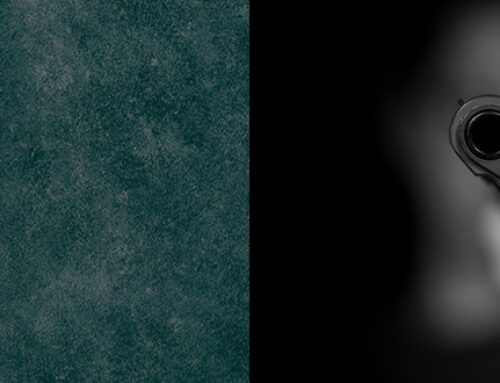My imagination is an interesting companion. Whenever I see Muslim women whose faces are completely covered, I imagine what they look beneath the veils. Are they smiling back at me when I smile at them? Do they gape in surprise at something they see? Some Muslim women’s eyes are the only visible parts of their faces, and I often wonder, do their facial expressions match the stories in their eyes? If the eyes are the windows to the soul, what are the unheard words resounding in their souls?
I have recently completed a Master’s level course on ‘Islam and Christianity,’ and what struck me most deeply was the aspect of invisibility regarding Muslim women. There are many initiatives across the world advocating for women’s rights in the social, economic, business, political, and religious arenas, to name some, and yet the Muslim woman remains ‘invisible.’ We hear of Sharia Law being implemented in Muslim-governed countries where women are forbidden to study, participate in politics, appear in public on their own, to drive, to reveal certain parts of their bodies in public, and to speak about and pursue their own dreams and desires. It is no secret that Muslim women are not only invisible but also ‘mute.’ Their opinions are unrecognized, disregarded, and punishable because they are women. Faceless, silent, and anonymous. Invisible.
In the Bible, we find faceless, nameless women as well. Culture determined they are being marginalized and ignored for many reasons, often beyond these women’s control. The customs of the day demanded these women remain faceless and voiceless: the tainted/unclean woman (Mt 9:20–22); the desperate woman (Mt 15:21–28); the insufficient woman (Mk 12:41–44); the shamed and broken woman (Lk 7:36–50); and the rejected, outcast woman (Jn 4:1–42). These women could be seen as representatives of specific groups of women we still find in society and the church today. Yes, there are ‘invisible’ women in the church who have been subtly moved to the side because looking into their faces is uncomfortable. Words elude when one faces utter brokenness and pain, and the easiest way to avoid becoming involved or confronted is to judge these women. That will ensure their remaining silent and invisible and trapped in shame.
And then came Jesus … He recognized each woman from the mentioned Bible passages. He was not influenced by their social stance or sinful habits. He saw them as worthy human beings, and after their encounters, these women would no longer be faceless, nameless, or voiceless. Their identities were forever changed. Jesus made them visible. He did not turn his face away from their pain, shame, and dirty secrets. He saw the person beyond their protective facades.
Perhaps the ‘invisible’ Christian and Muslim women have more in common than we think. Perhaps Christian women who have found their identities and voices in Christ have much to discuss with a Muslim woman. The testimony of how Christ has reached in behind the veils we cover ourselves with, figuratively, might possess the greatest freeing power of all as we use our newly found voices to uncover the Muslim women’s spirit and introduce it to the Light.
Short Biography: Idalette ([email protected]) is a part-time co-lecturer at SATS in the Christian Counselling courses; she completed the Higher Certificate in Christian Counseling at SATS in January 2020 with distinction. She earned a degree in music (BMus (Ed), 1992) and honors in Educational Psychology (1993) at TUKS. As a part-time counselor with survivors of human trafficking and sexual exploitation, she is interested in effectively applying music- and art therapeutic techniques in trauma counseling, she is also a motivational speaker, writer, and spokesperson for Human Trafficking Awareness. She is married to Andrew, and they have three children and live in Centurion.




